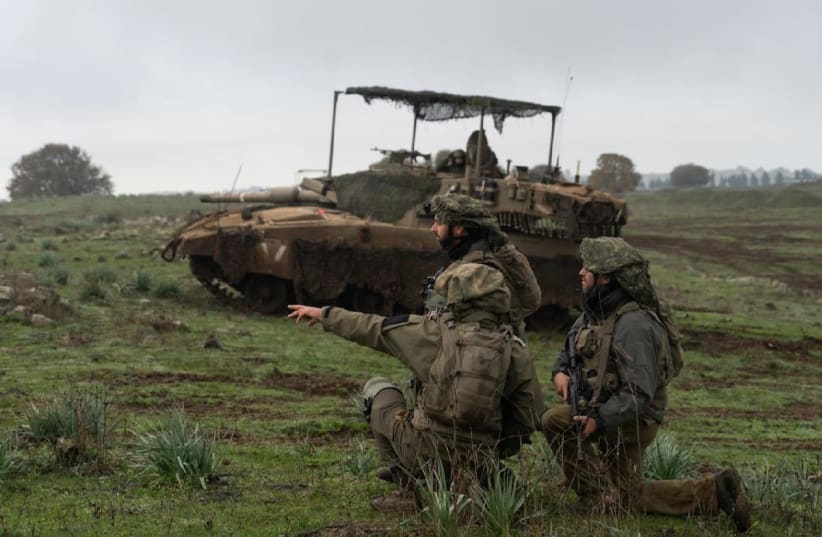The IDF’s invasion into southern Lebanon which started Monday night just before 10:00 p.m. has met almost no resistance from Hezbollah, with not a single IDF soldier killed so far.
The invasion is expected to end within weeks, despitee IDF spokesperson R.-Adm. Daniel Hagari indicating it may last longer.
In some ways, the invasion is viewed as a broadening of a large number of very short nightly special forces missions into southern Lebanon, which have been going on for an extended period.
Following a situation assessment, the IDF announced it was remobilizing four additional brigades in support of operations in Lebanon.
IDF sources explained that the heavy bombing campaign over the last two weeks, the massive tank and artillery fire just before entering, and months of wearing down Hezbollah’s forces seem to have moved them out of the area or into hiding.
Unlike in the 2006 Second Lebanon War, the IDF said that Hezbollah’s top and middle command levels have been eliminated in substantial numbers, leaving a massive strategic vacuum.
Despite the invasion, the killing of Hezbollah chief Hassan Nasrallah, and two weeks of heavy bombing of much of the terror group’s best rockets, the IDF said Hezbollah has failed to mount any serious strategic rocket threat to Israel, let alone to fire the 6,000-8,000 rockets per day which were expected in a worst-case scenario.
To date, the mission is narrow and involves an invasion only within southern Lebanon and only to destroy Hezbollah’s infrastructure in the area, such as to eliminate its weapons, which have been stored to be ready to invade Israel.
A narrow mission
This is consistent with the war mission in the North being returning security to the 60,000 residents evacuated from their homes in October 2023 to avoid the risk of being killed in an invasion.
However, it will not eliminate Hezbollah’s rocket threat to Israel, though this threat has been substantially damaged.Prior to the invasion, the IDF had already undertaken around 70 small incursion operations in over 200 nights. Some operations lasted up to three days. In total, the IDF said it destroyed 700 terror targets.
During recent incursions into Lebanon and the current invasion, the IDF has already destroyed 450 anti-tank missiles, 150 mines, 50 special improvised explosives, 22 Kornet anti-tank missiles, at least two special anti-tank missiles from Iran, and many other weapons.
In Aita al-Shaab, the IDF has destroyed 103 terror targets, including finding 51 tunnel shafts and nine rocket launchers. Tunnels there ran around 25 m. deep.
In Meis el-Jabal, the IDF destroyed 91 targets, destroying 13 lookout posts and many other weapons. Tunnels there ran nearly 12 m. deep and were only 30 m. from the Blue Line.
In Kfar Kila, the IDF destroyed 158 targets, 28 lookout posts, and weapons.
